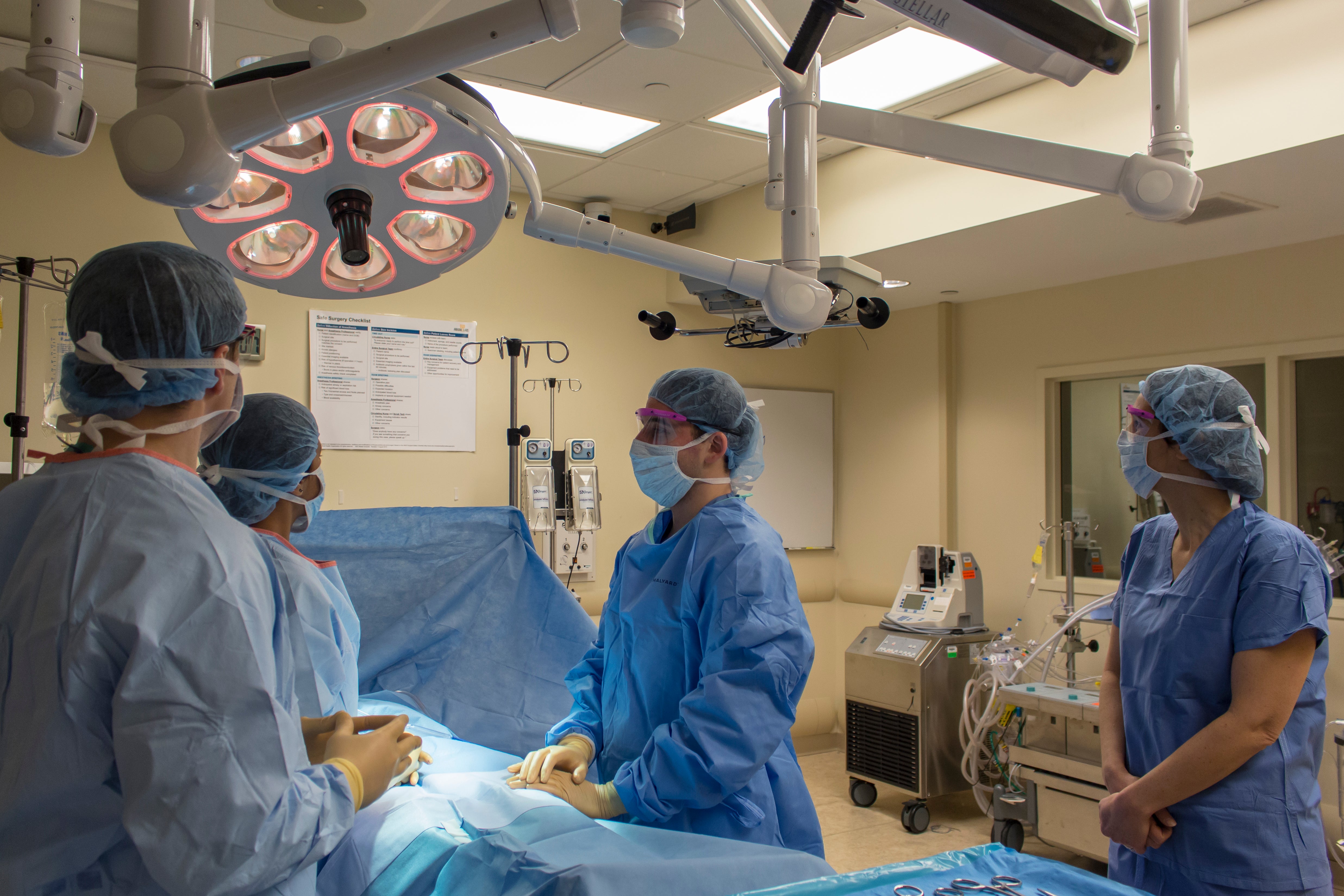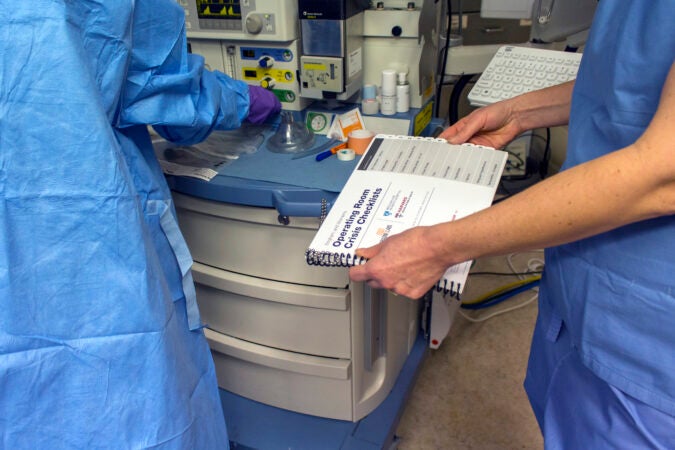Developing Tools to Improve Surgical Safety
A surgical procedure is a complex event, requiring careful coordination among multiple teams to ensure that all safety protocols are followed. Whether the procedure goes according to plan, or if unexpected emergencies occur, teamwork and communication are critical to ensuring the best possible outcomes for the patient. Ariadne Labs has developed tools to support surgical teams during routine procedures and crisis situations.
Surgical Safety Tools

The WHO Surgical Safety Checklist aims to improve surgical outcomes by outlining a series of steps taken before, during, and after a procedure to ensure surgical teams follow all safety protocols.
LEARN MORE
The Operating Room Crisis Checklists are a compendium of 17 checklists to guide surgical teams during unexpected, critical events in the OR.
LEARN MORE


